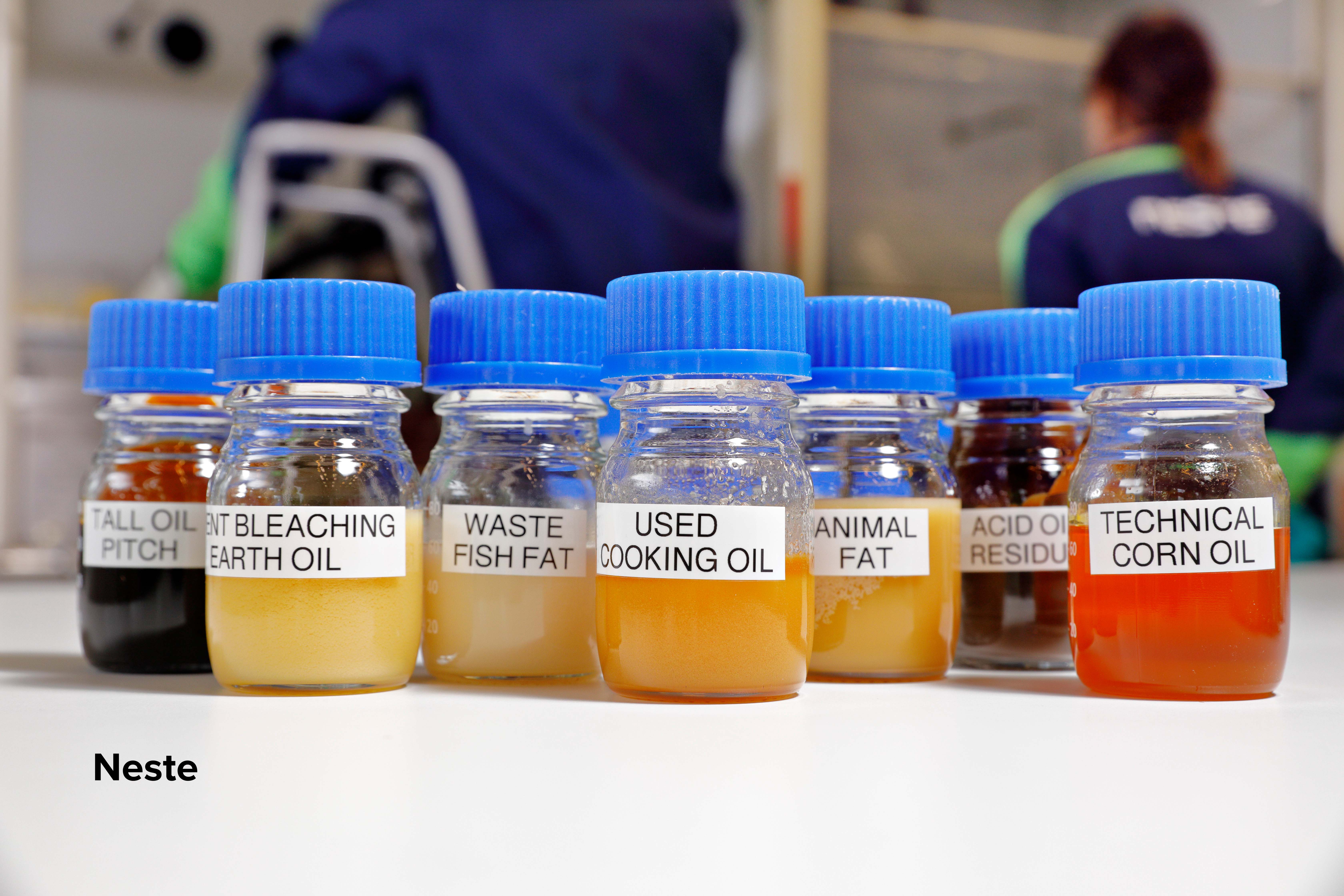From now on, the emergency generators of the LCL data centers will run on the renewable fuel HVO100. Thanks to this Belgian first, we are taking another step towards a healthier environment, since the gas emissions in our data centers will be drastically reduced. But what kind of renewable fuel is HVO1OO exactly? And more importantly, what are the benefits? Find out in this article.
As a data center, we store important and detailed business information about your products, customers and staff. To keep all that sensitive data up and running, all of our data centers are equipped with a series of emergency generators: these devices are automatically activated when the electricity network fails. Through continuous emergency power, they guarantee uninterrupted cloud services and keep numerous websites and applications online.
These emergency generators are extremely rarely used, but provide the necessary power in the event of an actual outage on the power grid. They are tested monthly, during which the electricity is turned off. As with most emergency generators, the process involves a large consumption of diesel fuel, resulting in a large carbon footprint. A major environmental culprit… until now.
In order to limit this environmental impact, our emergency generators are now running on the renewable fuel HVO100 from Neste. We are the first Belgian data center to use this sustainable alternative to fossil traditional diesel. Based on renewable fuels, HVO100 can reduce greenhouse gas emissions from generators by as much as 85 %. Therefore, renewable liquid fuels, such as HVO, are becoming increasingly popular to reduce the short-term environmental impact of business activities.
HVO100 stands for ‘100 percent Hydrotreated Vegetable Oil’. This fuel is primarily derived from 100 percent renewable raw materials. An example are natural products not used for food purposes (such as used frying fat, soybean oil or palm oil) or waste cooking oil, animal fats, plant residues, waste, wood pulp and other residual raw materials.
HVO and biodiesel are the two main renewable liquid fuels. Therefore, it is sometimes assumed that HVO and bio-diesel are the same thing, but that is not entirely true. Although they are primarily derived from the same raw materials, they do differ in their processing and chemical composition. Both fuels can be used in their pure form or blended to different percentages with conventional diesel.

Emergency generators running on HVO100 offer many advantages in terms of sustainability:
Well-to-wheel, the reduction of greenhouse gas emissions of this renewable fuel is comparable to that of an electric car. The emergency generators emit up to 90%, or 72 tons, less CO2. So HV0100 is almost entirely renewable. Furthermore, much less soot is released during combustion, which in turn reduces the emission of particulate matter, NOx, soot and sulfur.
Existing emergency generators can easily be changed from diesel to renewable HVO100 through minor modifications. The performances (power, responsiveness and emissions) of emergency generators are fully preserved. Moreover, extending the lifetime of existing units is more sustainable than simply installing new ones, because the production process is responsible for more greenhouse gas emissions.
HVO can be used either pure or blended with fossil diesel.
HVO is a very pure and technically advanced type of fuel. It contains virtually no pollutants, such as olefins (alkenes) and aromatics, so it burns cleaner in the engine and generates fewer emissions than traditional diesel.
HVO100 from Neste complies with the European Guidelines for the Production and Processing of Biomass. This ISCC-EU certification proves the use of sustainable and renewable raw materials in the production of HVO.
Finally, HVO contains no sulfur, oxygen or aromatic compounds. This makes the fuel completely odorless. It is 100% renewable and sustainable.
In short, HVO100 offers a lot of advantages and zero disadvantages. Thanks to these hydrogen fuel cells, we are taking a major step towards a more sustainable future. Currently, we have already invested in six new generators of 2.25 MVA that will run on HVO100 in our Brussels-West data center in Aalst. Soon we plan to modify all emergency generators in our five data centers locations and have them run on HVO100.
Want to know more about the durable and technical characteristics of HVO100? Contact us.
